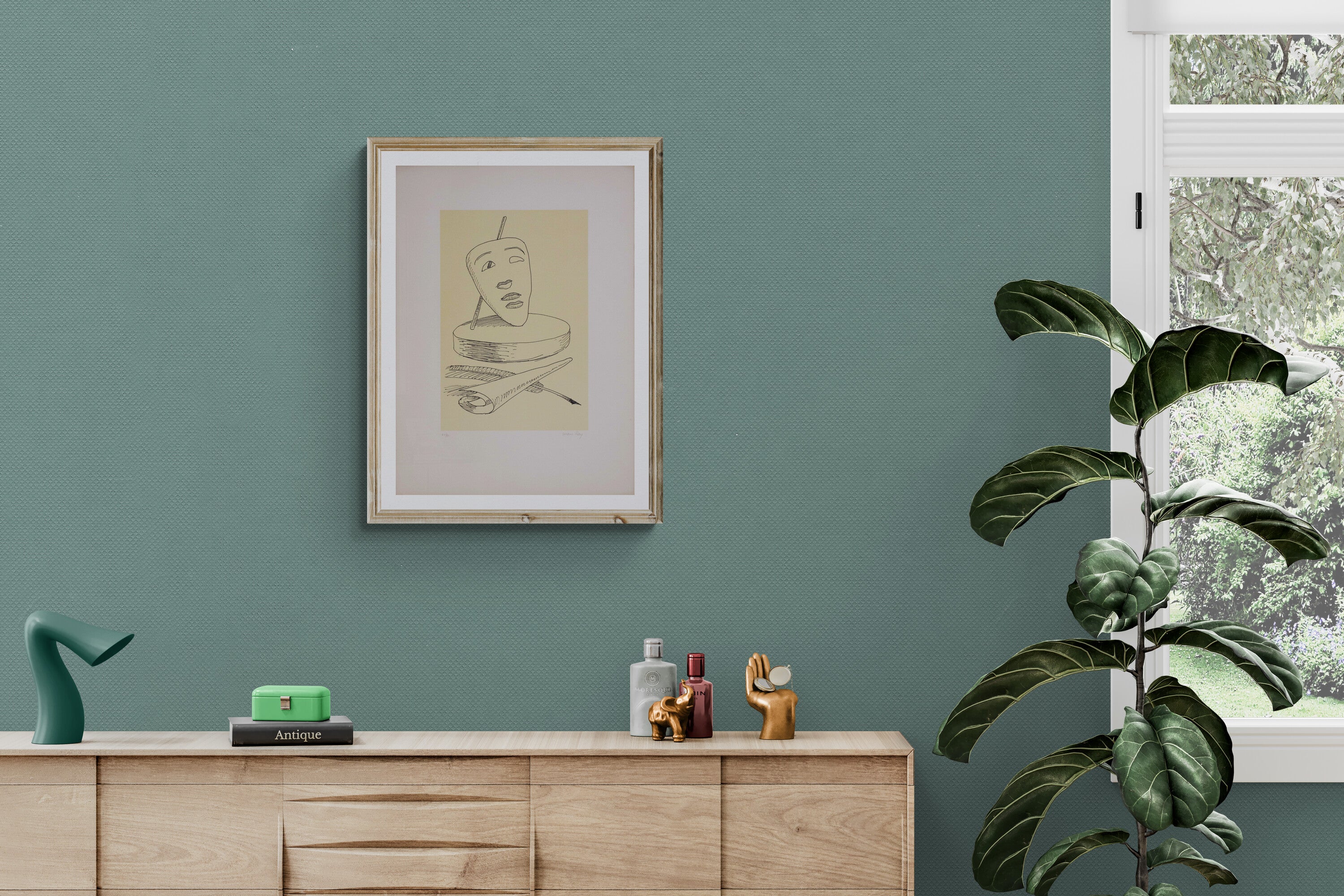Joseph Beuys biography

Joseph Beuys, born on May 12, 1921 in Krefeld, established himself as one of the most influential and versatile artists of the twentieth century, ranging from the role of painter and sculptor to that of performer. Son of the merchant Josef Jakob Beuys and Johanna Maria Margarete Hülsermann, Joseph Beuys claims Kleve as his hometown. During his youth, he attended the Hindenburg-Oberschule in Kleve and joined the Hitler Youth.
With the outbreak of the Second World War, he enlists in the air force, becoming a radio operator on board and acquiring the rank of sergeant. In March 1944, during a mission on the Eastern Front, his Stuka crashes in Crimea, an event that deeply marks his life and artwork. Joseph Beuys claims to have been saved by Tatar nomads, who treated him with traditional practices. This experience, although doubtful in its veracity, strongly influences his artistic path.
After the war, Joseph Beuys studies artwork at the Düsseldorf Academy under the teachings of Josef Enseling and Ewald Mataré, approaching the anthroposophical theories of Rudolf Steiner and developing a deep love for nature. In these years, he begins to explore social sculpture, a concept that becomes fundamental in his artwork. In 1961, he obtains the chair of monumental sculpture at the Kunstakademie in Düsseldorf, where he had studied.
Joseph Beuys becomes an active member of the artistic group "Fluxus", collaborating with artists such as George Maciunas, Nam June Paik, Wolf Vostell and Charlotte Moorman. It is during this period that he begins to create his famous "Actions", performances that highlight his interest in the interaction between artwork and society. Among his best-known actions are "Der Chef", "Das Schweigen Marcel Duchamps wird überbewertet", and "Wie man einem toten Hasen Bilder erklärt".
In the '70s, Joseph Beuys' artwork increasingly focuses on social and political issues. Founding the Free International University with Heinrich Böll, he engages in the Green movement, emphasizing his concern for the environment and nature. In Italy, Joseph Beuys is active and well received, with numerous exhibitions and projects, including the foundation of the Institute for the Revival of Agriculture in Bolognano and the creation of the Paradise Plantation.
In 1982, he participates in "Documenta" in Kassel, presenting "7000 oaks", an artwork that emphasizes his ecological vision. Joseph Beuys promotes artwork as a tool for social and political transformation, expressing the concept that "every human being is an artist."
Joseph Beuys dies on January 23, 1986, in Düsseldorf, leaving a profound and influential artistic legacy. His artworks, often characterized by the use of materials such as felt and fat, are preserved in international museum collections. His life, marked by tumultuous events and revolutionary artwork, continues to be a source of inspiration and study.



